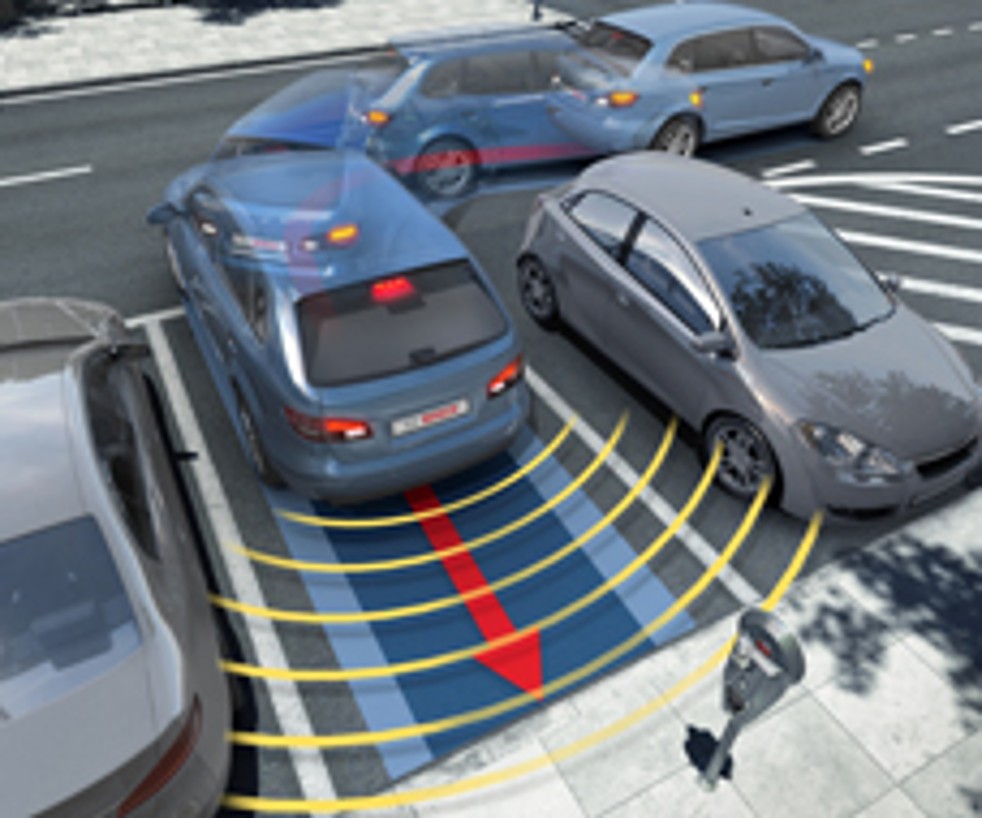
Bosch analysis: Driver assistance systems continue their strong advance
People buying new cars today in Germany and Europe are placing more and more value on having electronic assistants on board, says Bosch, based on analysis carried out on new registration statistics for 2016.
“There is a clear trend: it will soon be just as natural to have cars fitted with driver assistance systems as it is with a radio and ESP,” says Bosch board of management member Dr Dirk Hoheisel.
Parking and lane assist systems, as well as emergency braking systems are becoming increasingly popular, with 62 percent of new passenger cars registered in Germany in 2016 being equipped with some kind of parking assistance system – ranging from parking beepers to automatic parking assistants.
Second most popular are automatic emergency braking systems that warn drivers or bring the car to a halt in an emergency.
More than one in every three new cars registered in 2016 (38 percent) is able to help drivers to avoid accidents in this way. For more than a quarter of these vehicles, an emergency braking system is even part of the car’s standard fittings.
Just behind in third place was driver drowsiness detection – fitted in 37 percent of all new passenger cars in 2016. However, the largest growth was recorded for lane assist systems. Compared with the previous year, there were twice as many of these on board new cars in 2016.
Another interesting development was in relation to adaptive cruise control (ACC). Although barely fitted in four percent of newly registered cars in Germany in 2013, in 2016, this function was installed in nearly one in five new cars (19 percent).
Parking assistance systems, emergency braking systems, and lane assist systems are also the most popular driver assistance systems in the UK, the Netherlands, Belgium, and France – in that order.
Parking assistance systems are even more widespread in France than they are in Germany: 67 percent of the new passenger cars registered there in 2016 provide their drivers with support while they park.
Parking assistance systems are now included in the standard equipment of a vast majority of vehicles: at 63 percent of new cars, France has the highest proportion.
In Germany, this figure is 42 percent. In Belgium and the Netherlands, 39 percent of new cars have an automatic emergency braking system – the highest proportion in Europe.
Italy and Russia, which, alongside France, were included in the Bosch analysis for the first time, still have room to improve when it comes to driver assistance systems when compared with the other countries that were analyzed.
However, 18 percent of new passenger cars registered in Italy in 2016 still had a lane assist system on board – and in Russia, they are getting the ball rolling with an installation rate of 6 percent. This is also true of automatic emergency braking systems, which also achieved a proportion of 6 percent in new passenger cars.
Installation rates for driver assistance systems are constantly increasing. As the largest provider of such systems, Bosch is also benefiting from this.
“The market is currently growing by about 20 percent, and Bosch is growing even faster,” says Gerhard Steiger, president of Bosch’s Chassis Systems Control division.
In 2019, the provider of technology and services will exceed the two-billion-euro mark with sales of its driver assistance systems. The one-billion mark was already achieved in 2016.
At the moment, technical development is increasingly heading toward automated driving. The Bosch analysis shows that, with traffic jam assist, the first partially automated function has now also arrived on the market. In a traffic jam, the car automatically follows the vehicle in front, assuming the tasks of starting and accelerating as well as braking and steering within its own lane.
Of the new cars in Germany that are equipped with ACC, almost half of them are also fitted with a traffic jam assist function, which is nine percent of all newly registered passenger cars.
In 2016, 3.4 million new cars were registered in Germany. Based on new vehicle registration statistics collected by the German Federal Motor Transport Authority for the year 2016 as well as data (data status 22.03.2017) supplied by business intelligence firm IHS Markit, Bosch analyzed the passenger segments to see how and which driver assistance systems are currently on offer.


